Stainless Steel Reactor | JCT Machinery
 Dec 28,2024
Dec 28,2024

 JCT
JCT
Reactors are pressure vessels used to complete processes such as sulfidation, nitration, hydrogenation, hydrocarbonization, and polymerization, and they play an important role in providing a physical or chemical reaction site. Reactors are made of different materials depending on the usage scenario, with stainless steel being the most common.
1. Stainless Steel Reactor Structural Performance
Stainless steel reactor is usually made of high-quality stainless steel materials such as 304 and 316L that meet GMP standards. Stainless steel reactor is mainly composed of three parts: tank body, jacket, and stirring system. The stirring form is mostly frame stirring, the seal adopts sanitary mechanical seal, the interface adopts ISO standard quick-release clamp type, the inner surface is mirror polished, and the outer surface is mostly sandblasted, frosted, and cold-rolled original color matte treatment.
2. Advantages and Characteristics of Stainless Steel Reactor
- Excellent Mechanical Properties: Due to the strong mechanical properties of stainless steel, the reactor made of it can withstand higher working pressure and deformation, so it can withstand larger solid materials.
- Fast Heating Speed: Stainless steel reactor is used as reactor for physical or chemical reactions. It needs to have high thermal conductivity and cooling properties. The advantage of stainless steel is that the heating and cooling speeds are relatively fast.
- Excellent Processing Performance: Stainless steel has very good processing performance and can be processed into different shapes and structures according to actual process requirements.
- Strong High Temperature Resistance: Stainless steel reactor needs to face different high temperature environments. In general chemical and physical reactions, the temperature is as high as 600℃. In high temperature environments, stainless steel materials can still be used normally.
- Strong Corrosion Resistance: Stainless steel materials themselves contain elements such as chromium and nickel, and have good corrosion resistance. They can still maintain good corrosion resistance when made into reactors.
3. Precautions When Using Stainless Steel Reactor
- Before use, check whether the thermometer, pressure gauge, safety valve and other safety devices of stainless steel reactor are intact; check whether the material valves and process pipeline valves are in the required position and whether the valves are intact; whether the pipe ports are leaking and sealed; whether the oil quality and oil level of reducers, mechanical seals, etc. meet the requirements.
- First turn on the power supply to drive the stirring operation of the motor, and observe whether there are any abnormalities in the transmission parts such as reducers and stirring. Add materials according to the time, sequence, speed, variety, quantity and process operation reqruirements such as heating, cooling and insulation. When adding large pieces of materials, they need to be processed into small pieces before adding, and turn them by hand before starting the stirring, and then press the electric switch to start. Only when it can operate normally can it be officially stirred and operated. Stainless steel reactor is strictly forbidden to force start. If vacuum extraction is implemented for liquid materials, the vacuum valve should be opened slowly to prevent material impact.
- When using, pay attention to the pressure, temperature and other parameters inside and outside the pot during the closed reaction, and deal with them immediately if abnormalities are found. Stainless steel reactor is strictly forbidden to change the reaction temperature or hit the pot body instantly, keep equipment operation records in time, and do daily maintenance. The quality of stainless steel reactor is directly related to the life and property safety of users and units. It is a wise choice to purchase JCT Machinery's high quality stainless steel reactor.
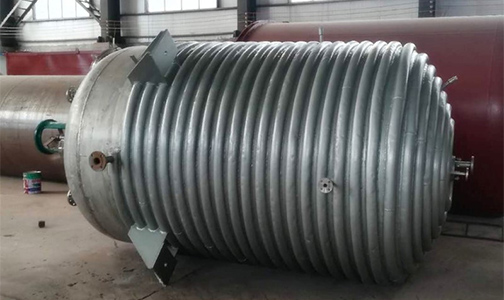


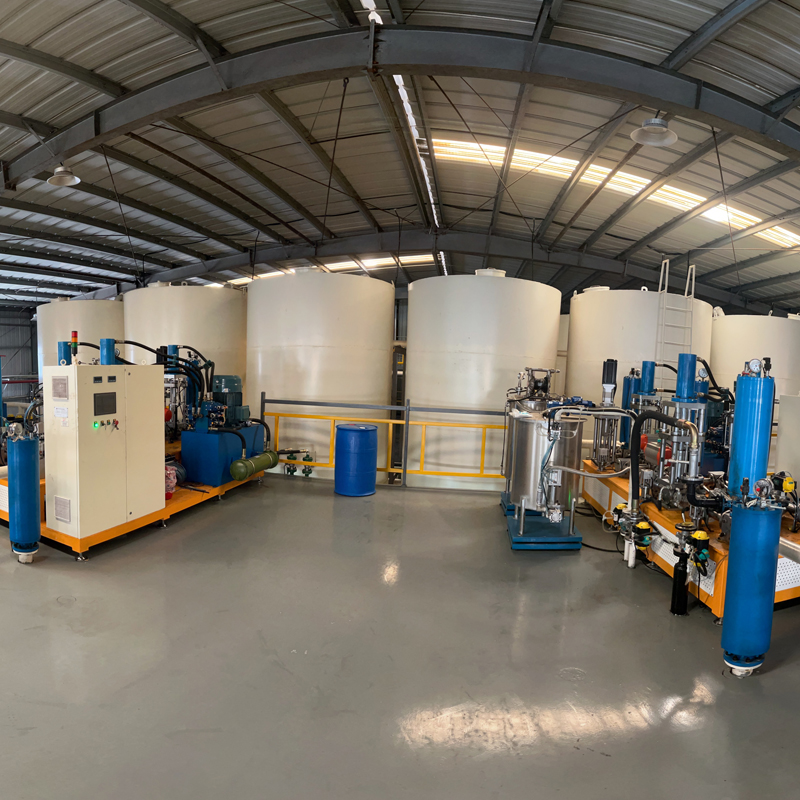
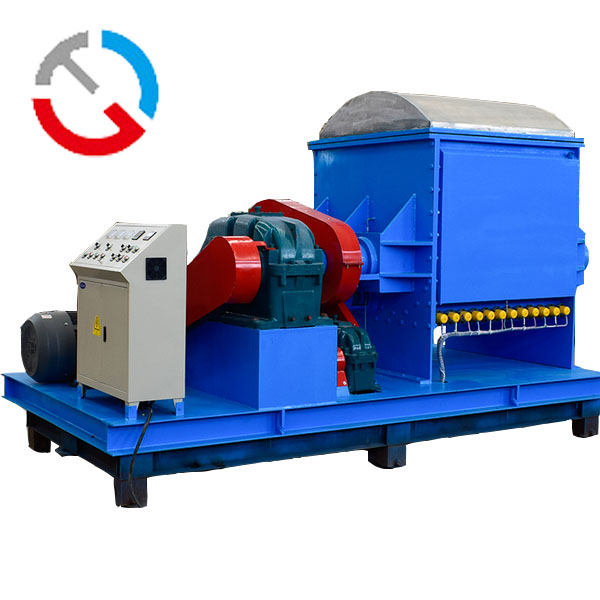
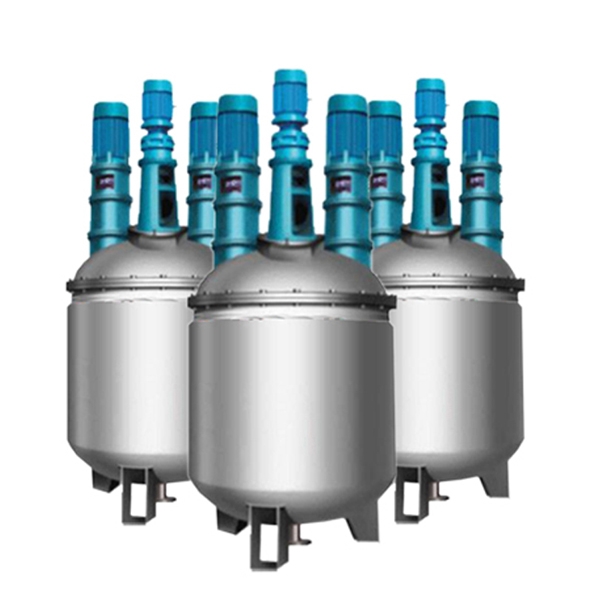
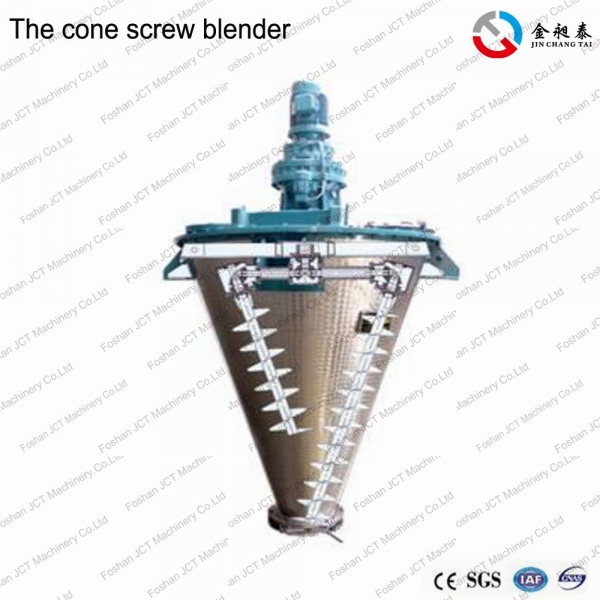
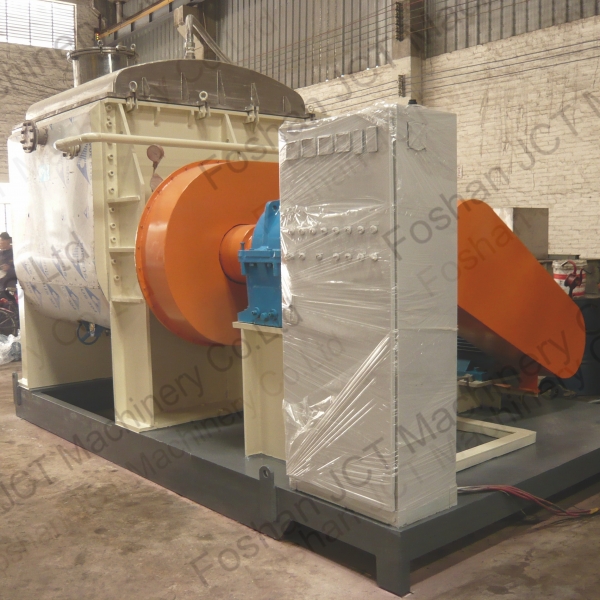
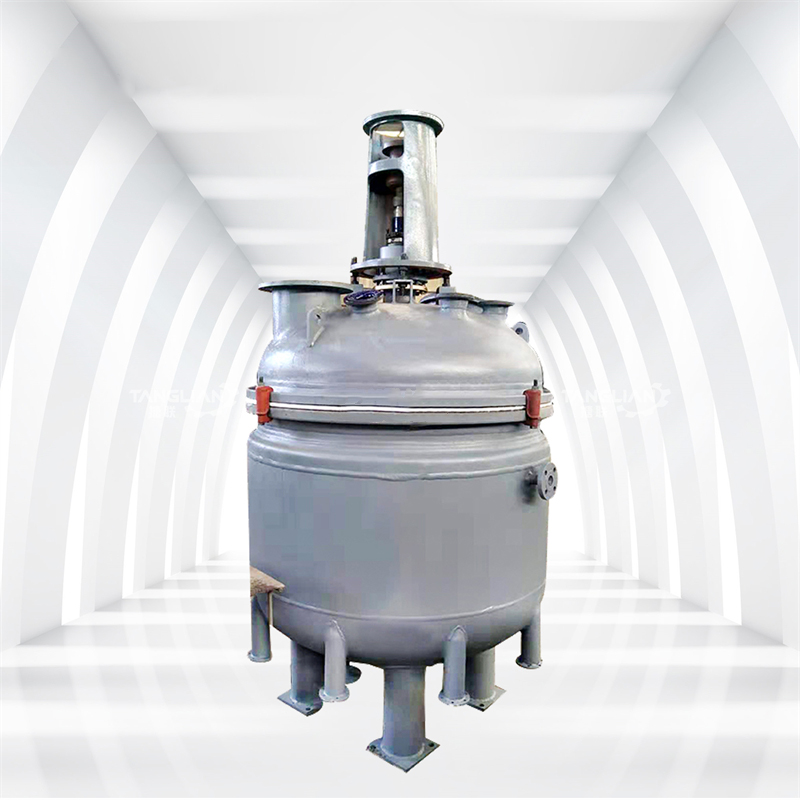
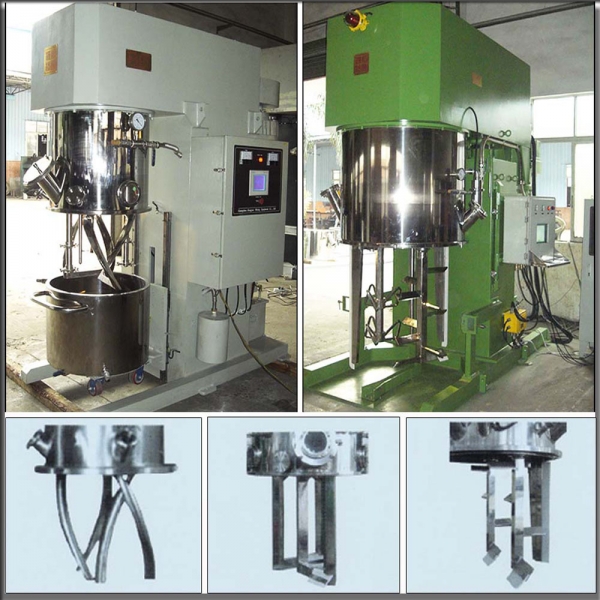


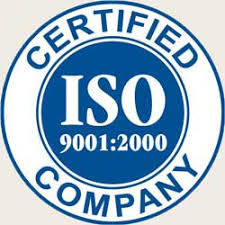


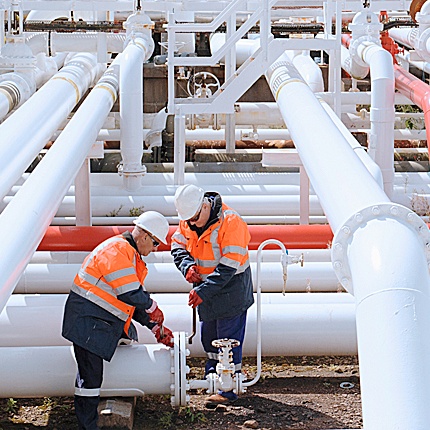
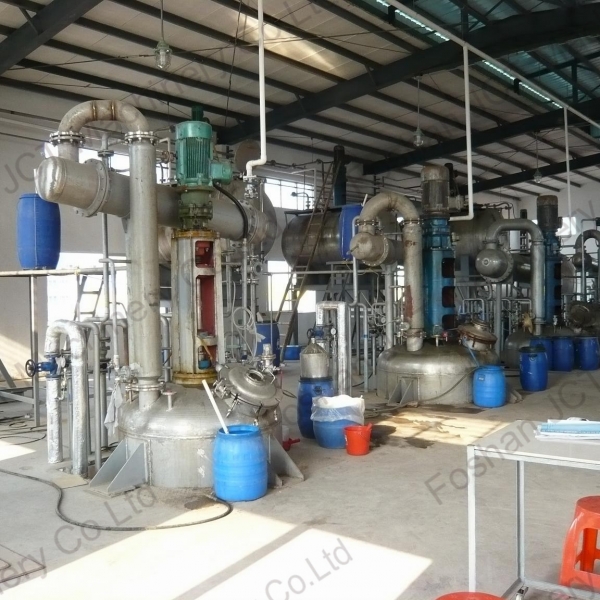
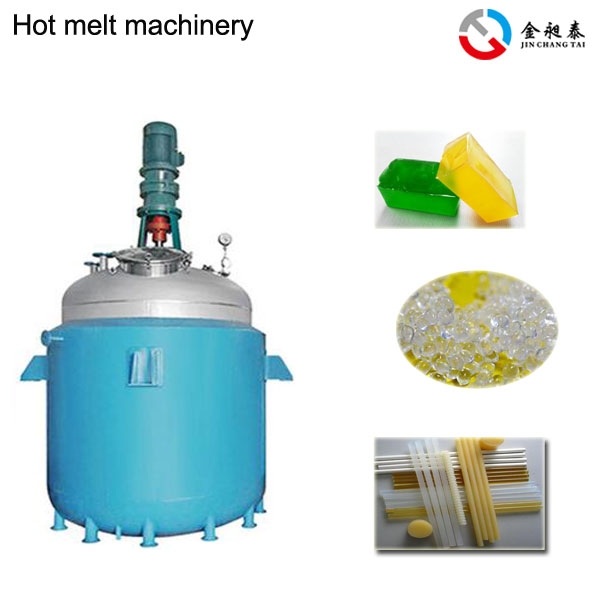
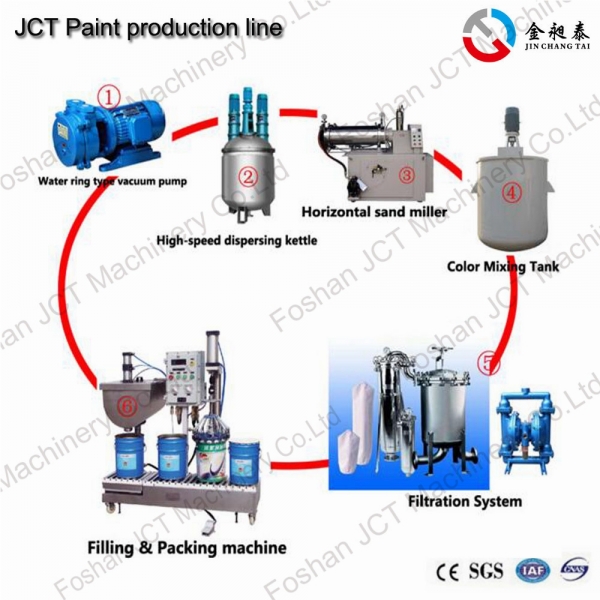

 CN
CN
 HOME
HOME EVA Glue Production Line | JCT Machinery
EVA Glue Production Line | JCT Machinery  You May Also Like
You May Also Like
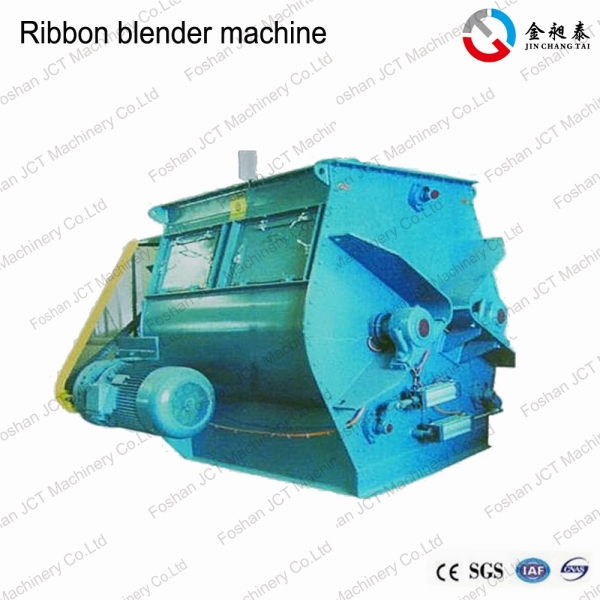

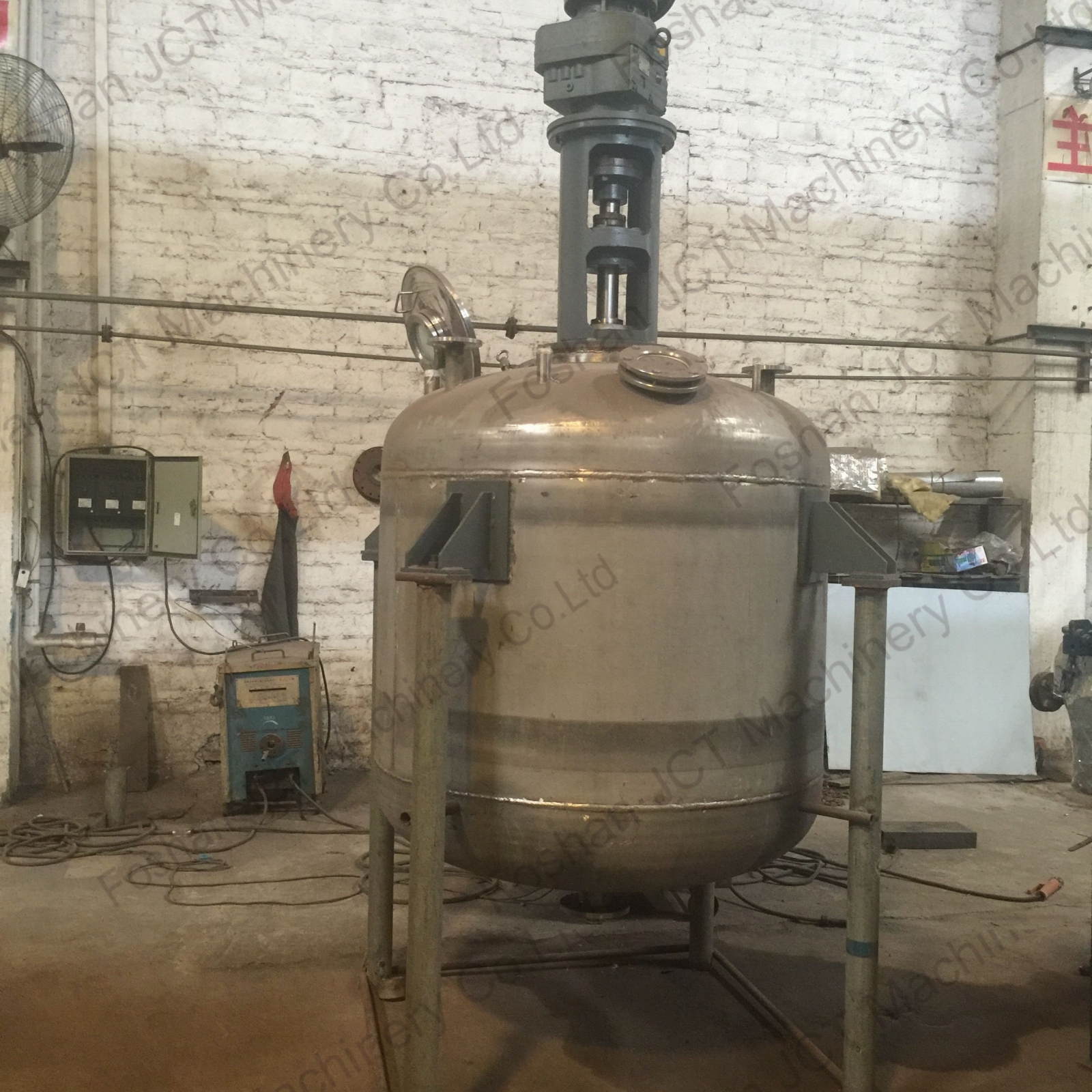
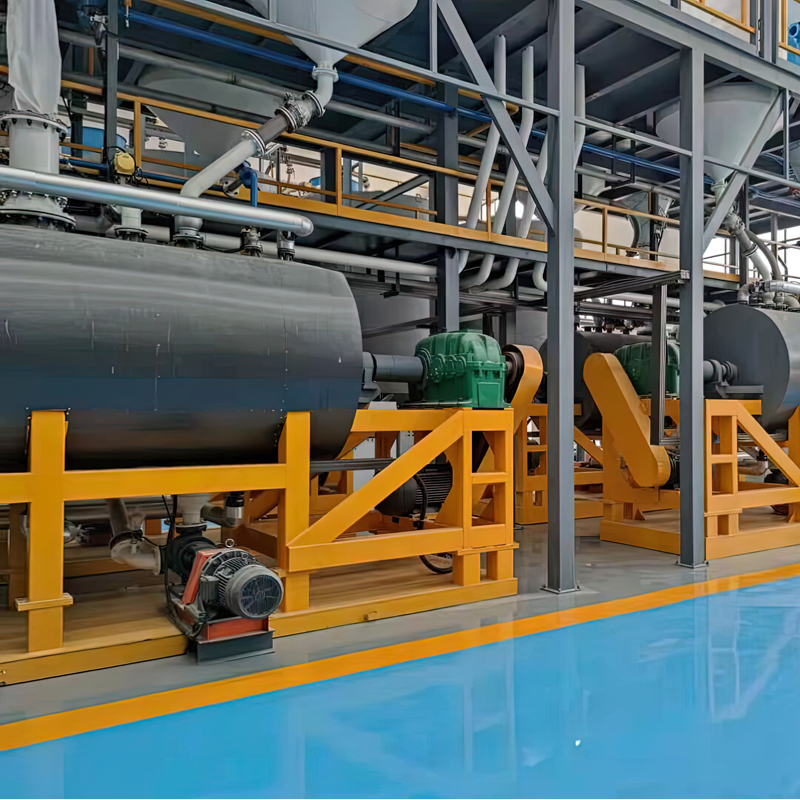

 Tel
Tel
 Email
Email
 Address
Address










